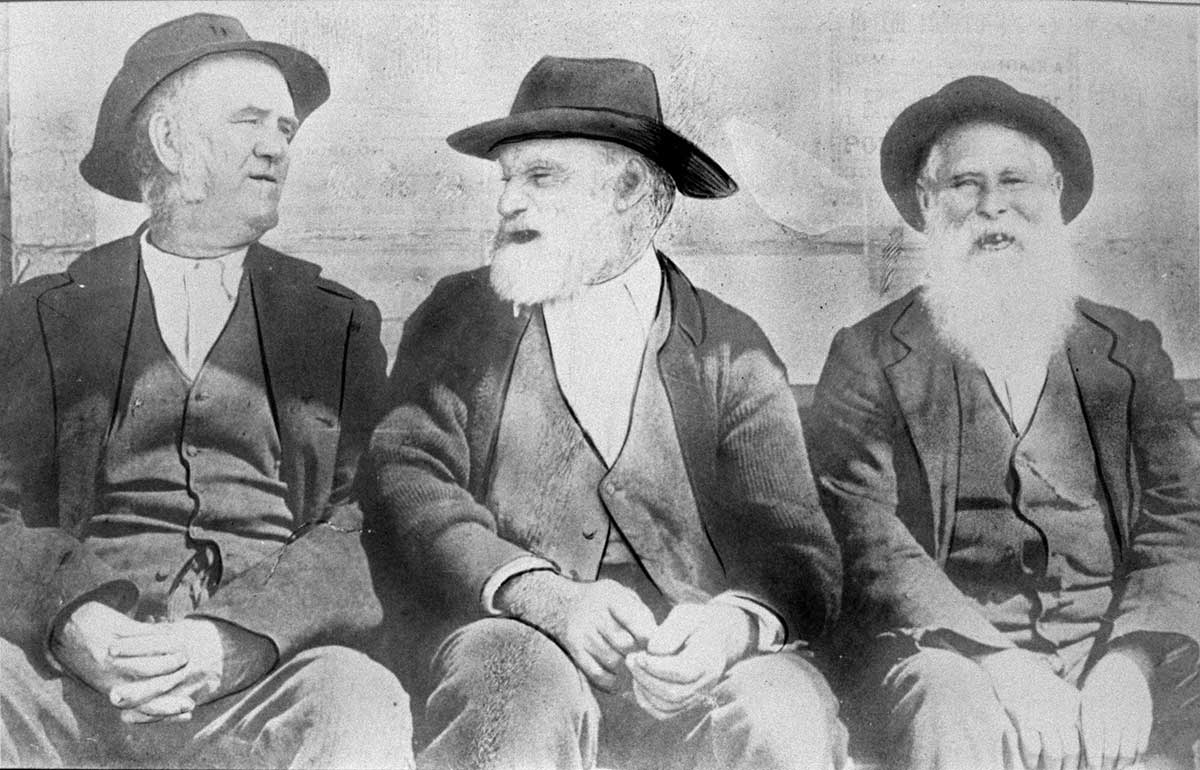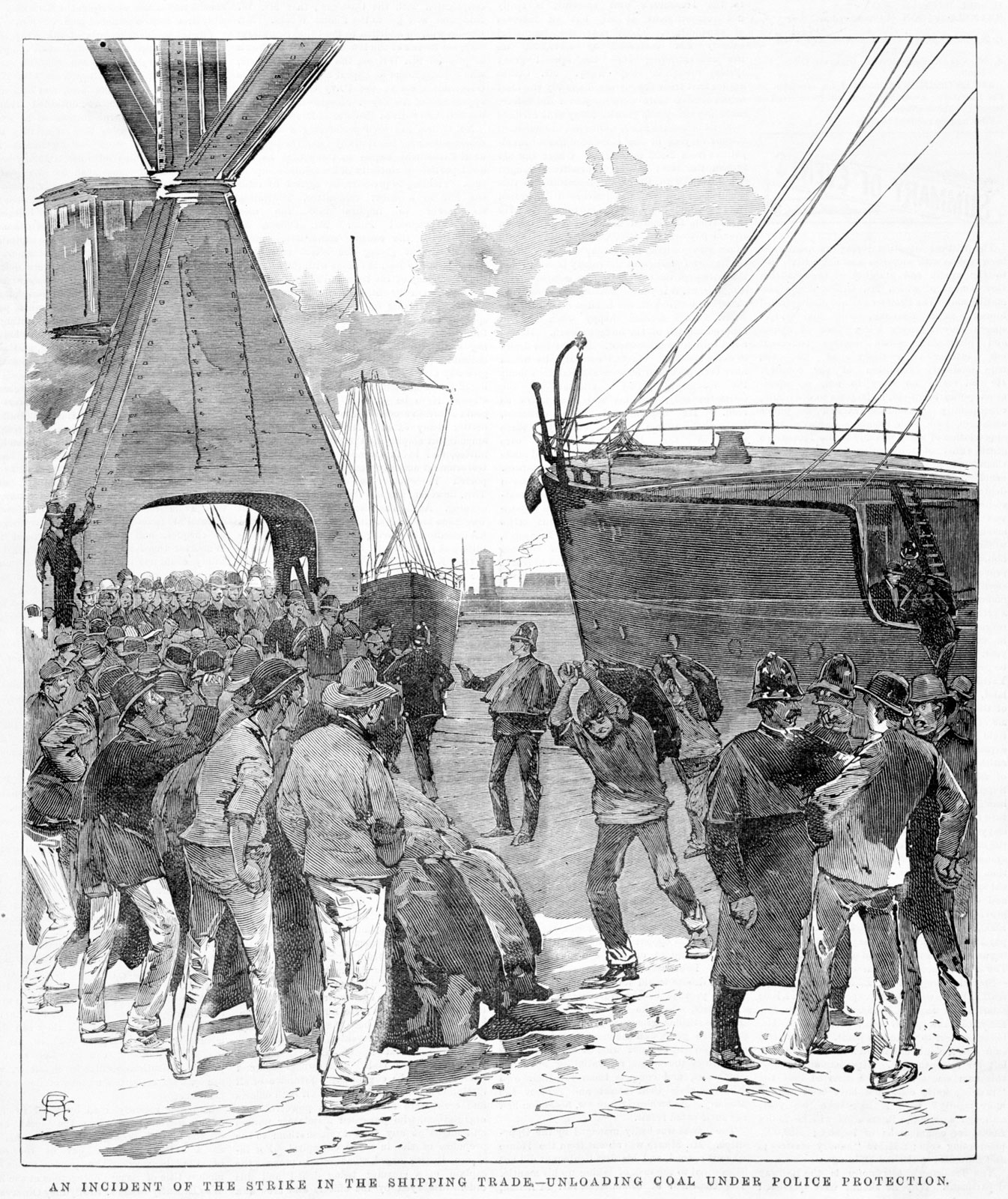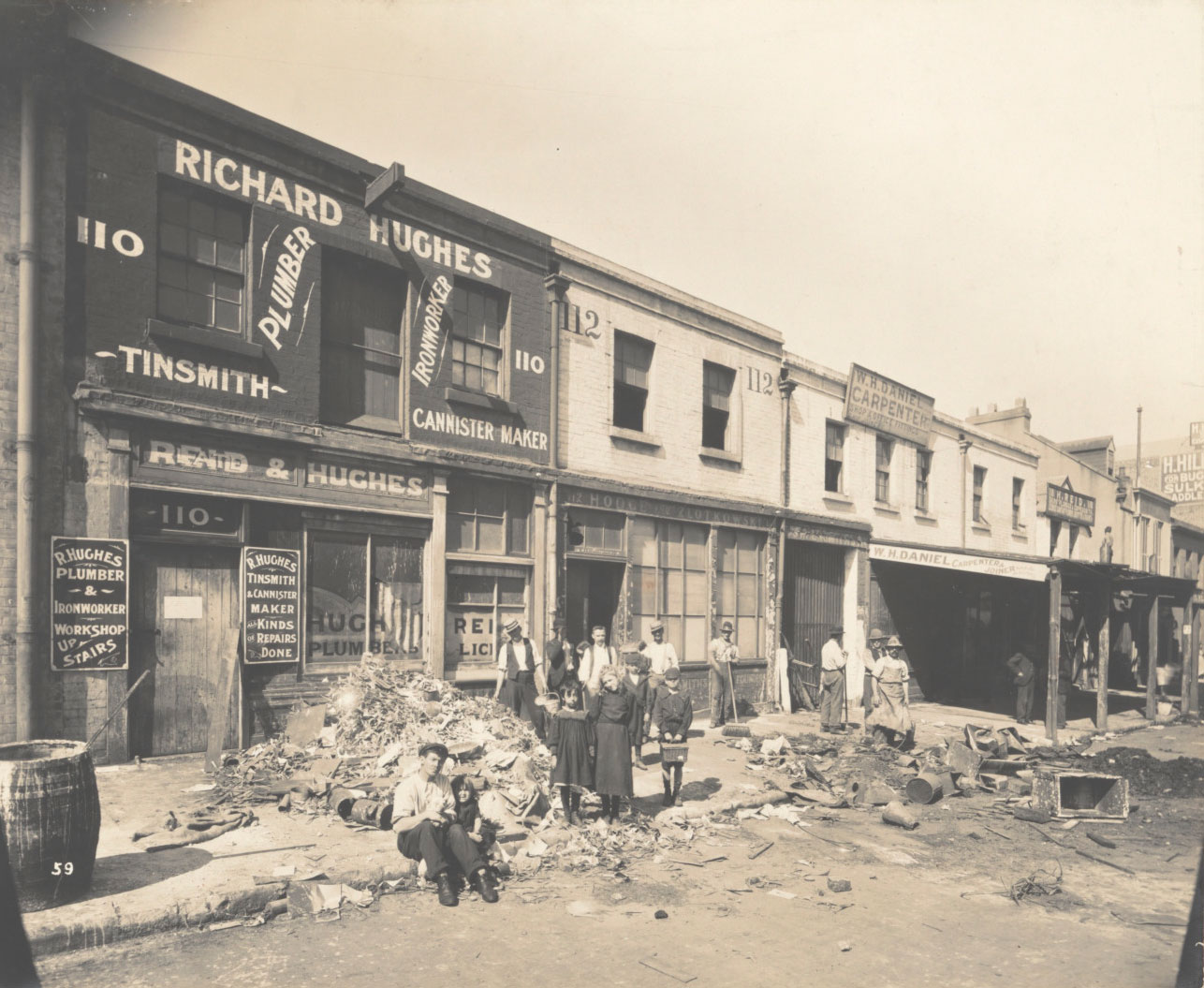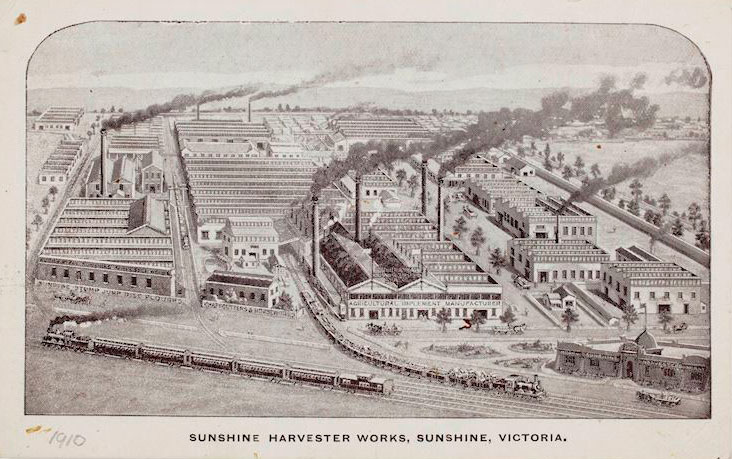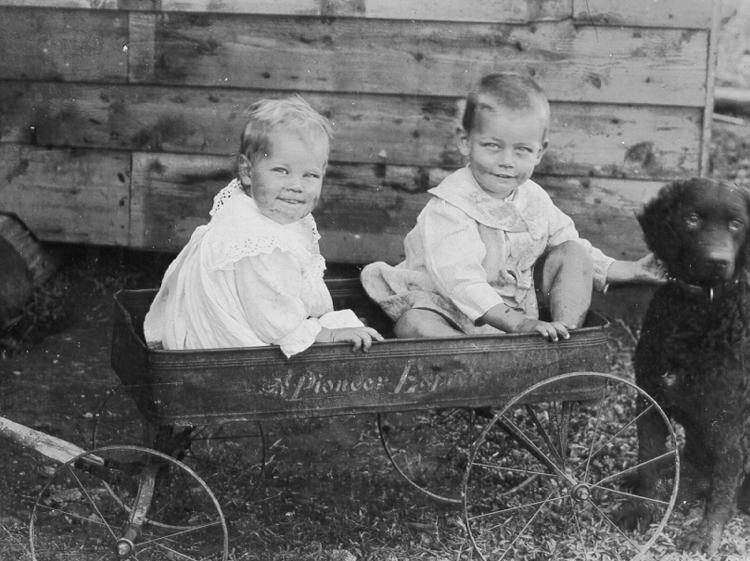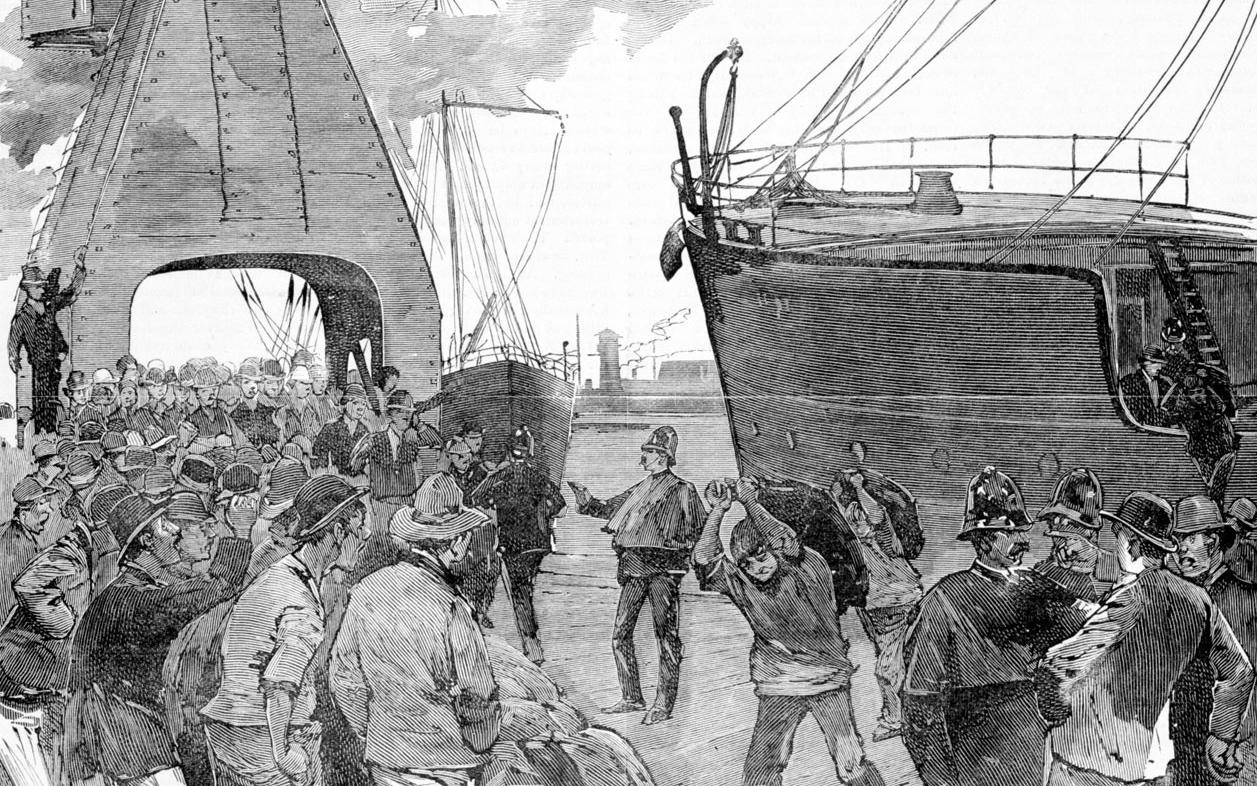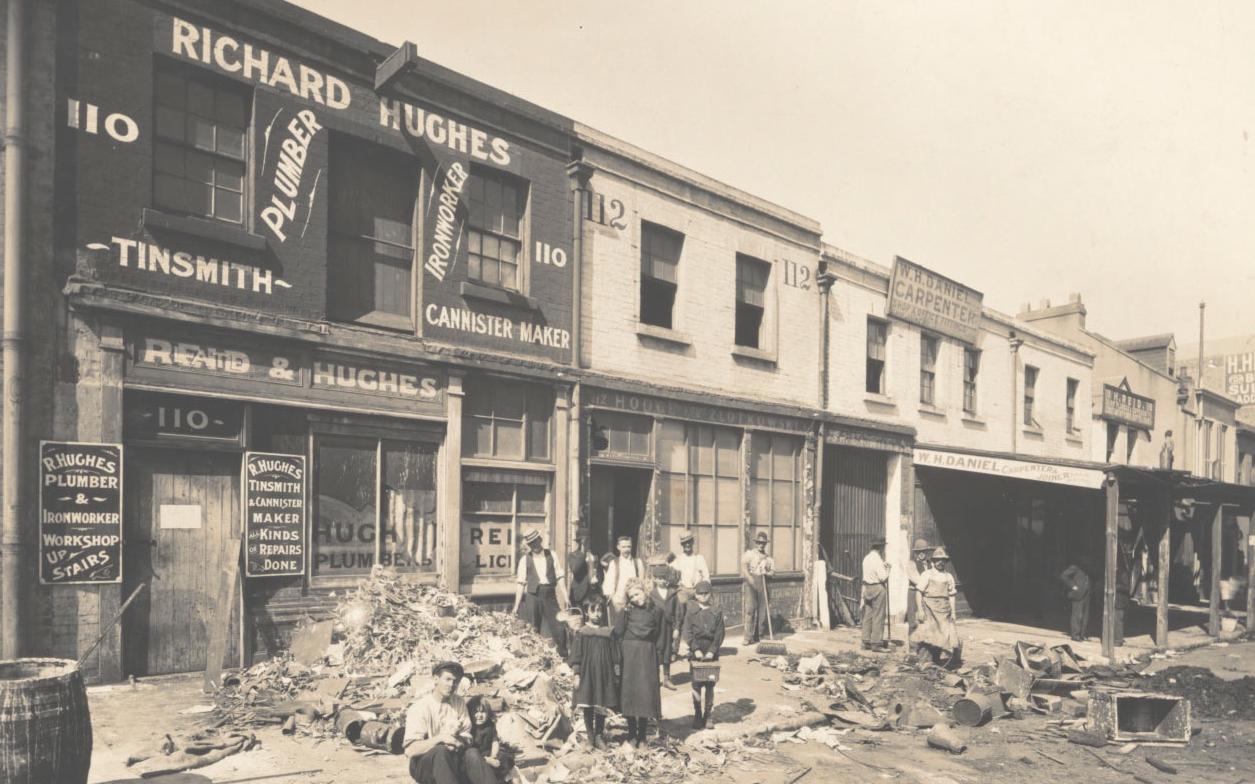Learning module:
Making a nation Defining Moments, 1750–1901
Investigation 3: Ordinary lives
3.4 1891 From the workshop to the halls of parliament: Australian Labor Party forms
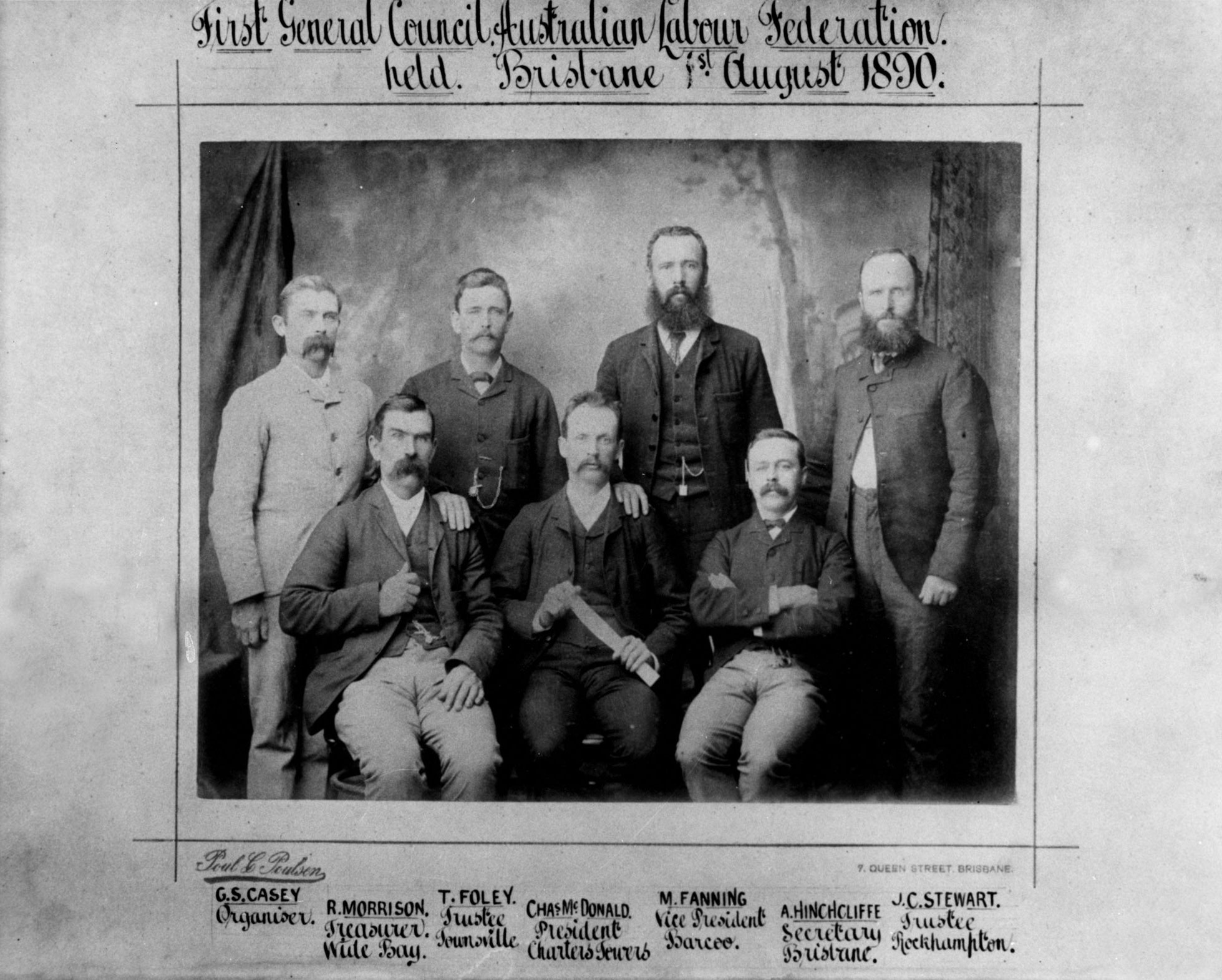
By the 1890s unions had been gaining in size and strength. But their success depended on their unity.
What would happen when an economic depression led to mass unemployment? Would the increased competition mean that the power of unions suddenly weakened greatly? And if it did, would there be some alternative way other than through union strength for workers to try and achieve improved pay and conditions?
1. During the 1890s Australia experienced an economic depression. What does this mean?
2. How would an economic depression harm working people?
3. In 1890 workers at ports went on strike. What does this mean?
4. Other unions went on strike to support the maritime workers. How could this have helped their likelihood of success in their strike?
5. How did the employers respond?
6. How did being in an economic depression strengthen the ability of employers against the strikers?
7. What was the outcome of the maritime strike?
8. There was also a shearers’ strike against wage cuts, and attempts to use non-union shearers. Why would shearers want a unionised work force, and why would employers oppose it?
9. How were the strikes in Queensland defeated?
10. Why did the failure of strikes lead to the formation of a Labor Party representing workers through its members of parliament?
11. When did the new Labor Party win government in Queensland, and in the Australian parliament?
12. What does this event help you understand about how living and working conditions had changed in Australia by 1900?
13. Why was this Defining Moment so significant in Australian history?
14. If you were advising the National Museum of Australia on an object that it could display to tell the story of this event, what would you suggest? (You can see what objects they actually have using the National Museum of Australia collections search)






